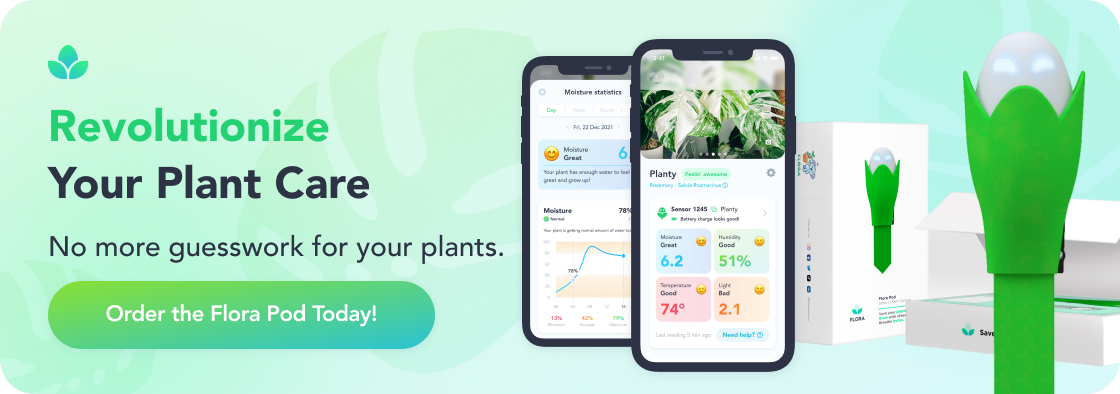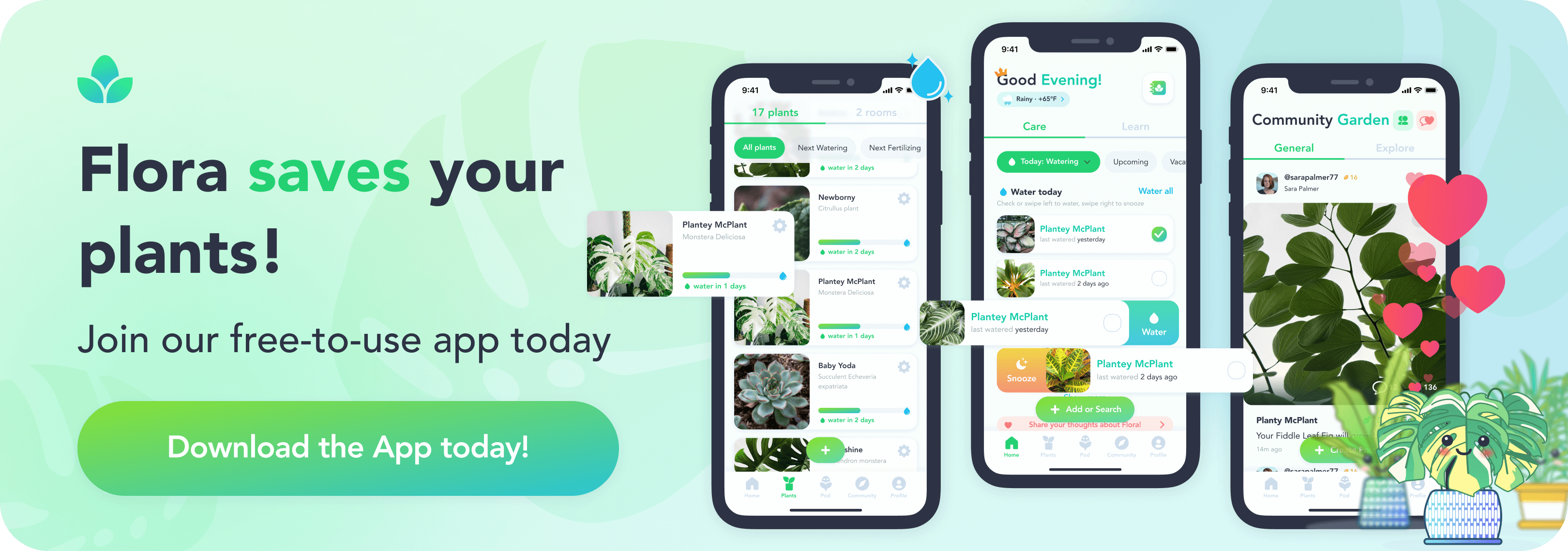Is Alocasia Toxic? Understanding the Risks to Cats and Dogs
Welcome, plant lovers! If you're considering adding the striking Alocasia to your home, it's important to be aware of its potential risks to pets. Commonly known as elephant ear plants, Alocasias are popular for their broad, heart-shaped leaves and visual appeal. However, their beauty hides a less known fact: they are toxic to cats and dogs. This blog explores the toxicity of Alocasia plants, helping you understand the risks and how to keep your furry friends safe.
Alocasia Toxicity: A Hidden Danger
Alocasias contain calcium oxalate crystals, a substance that makes them highly toxic to pets. If ingested, these crystals cause a range of adverse reactions in both cats and dogs. Common symptoms include mouth pain, nausea, vomiting, diarrhea, and in severe cases, breathing trouble, renal failure, and even death.
Owning Alocasia Safely
Alocasias can be safe and beautiful additions to your home if handled correctly. Thousands of houseplant enthusiasts enjoy them without incident.
To ensure safety:
Place Alocasia out of reach of pets and children.
Consider dedicating a room for the plant where cats or children can't access.
Wear gloves when handling Alocasia to avoid skin contact.
Wash hands thoroughly after contact.
Dispose of watering water safely, as it may carry toxins.
Is Alocasia Toxic To Cats?
Cats, known for their curiosity, are particularly at risk. Chewing or biting any part of the plant can release insoluble, needle-shaped calcium oxalate crystals found throughout the Alocasia.
Symptoms in cats can include:
Oral irritation
Excessive drooling
Pawing at the face
Pain or swelling of the mouth, tongue, and lips
Difficulty swallowing
Vomiting
Decrease in appetite
In rare cases, difficulty breathing
Is Alocasia Toxic To Dogs?
Dogs are not exempt from the dangers of Alocasia. Ingesting the plant can cause similar symptoms as in cats.
Symptoms may include:
Vomiting
Diarrhea
Nausea
Swelling
Oral irritation
Gastrointestinal issues
More severe reactions can include:
Airway swelling
Difficulty in breathing
Renal failure
Even death
The risk of severe reactions increases with the amount ingested.
Prevention and Care
Given the potential dangers, it's crucial to take preventive measures if you own pets and wish to keep Alocasias in your home.
To safeguard pets, consider the following pet safety measures:
Keep Alocasia plants out of pets' reach
Monitor for any signs of poisoning
In case of ingestion, seek immediate veterinary care
Remove any plant residue from your pet's fur, skin, or mouth
While Alocasia plants are a beautiful addition to any home, their toxicity to pets cannot be overlooked. As responsible pet owners, it's our duty to ensure the safety of our furry companions. By being aware of the risks and taking necessary precautions, we can enjoy the beauty of Alocasias without compromising the health and well-being of our beloved pets.
Fern's Leafy Learnings
Alocasias contain calcium oxalate crystals, making them highly toxic to pets.
Cats may experience symptoms like oral irritation, drooling, vomiting, and in severe cases, breathing difficulty.
Dogs ingesting Alocasia can suffer from gastrointestinal issues, airway swelling, and even renal failure.
Immediate veterinary attention is crucial in case of Alocasia ingestion by pets.
Keeping Alocasia plants out of reach and monitoring pets for signs of poisoning are key preventive measures.
Deepen Your Roots with Flora
Your plant journey doesn’t stop at purchase – it’s only just begun! With Flora, immerse yourself in a world where plants and parents connect, grow, and learn together. Our expansive range of fresh and rare plants, the state-of-the-art Flora Pod™, and an unwilting community of over a quarter-million plant enthusiasts, you’re never alone in your botanical journey.
Guiding you from seedling to flourishing canopy, Flora is your constant companion in every step toward a lush, green sanctuary at home.
Eager to foster your own indoor jungle? Discover Flora's plants and innovative care solutions now!
Flora Pod™ is featured on Shark Tank!

Shop Plants
Top 10 Most Popular Roses
Mar 22, 2022
How to Care for China Roses
Mar 11, 2022
How to Care for Chinese Money Plants
May 15, 2020
How to Grow and Care for A Bird of Paradise
Apr 26, 2020
Top 10 Plants To Grow In A Terrarium
May 31, 2022
How to Grow and Care for Lucky Bamboo
Mar 29, 2022
How to Grow and Care for Corn Plants
Mar 29, 2022
How to Care for Madagascar Dragon Trees
Mar 21, 2022




